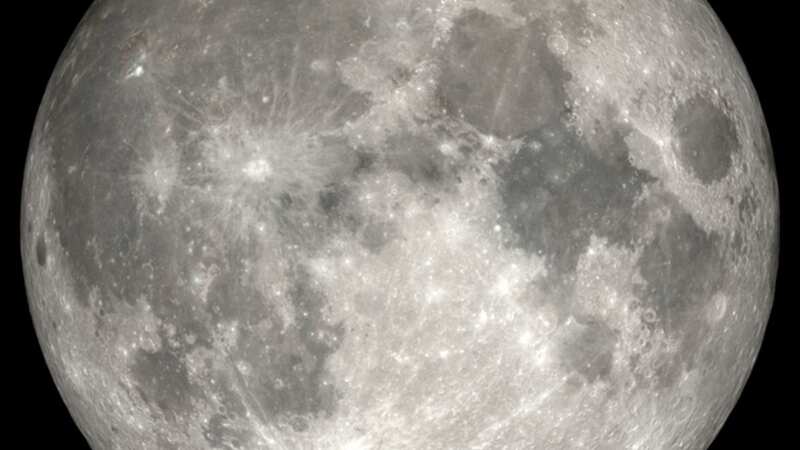Huge 30-mile heat blob spotted on dark side of the moon has scientists concerned

An enormous heat blob is bulging on the dark side of the Moon and sparking scientists' fears.
The worrying mass of heat - which is believed to have been caused by radiation - has been detected in an area of recently discovered granite deep beneath the moon's surface. Granite is created on earth as the leftover of a volcanic eruption as magma cools into the rock.
And scientists say the moon deposit comes from a dead volcano that was once active around 3.5 billion years ago.
Dr Matt Siegler, who works at Arizona's Planetary Science Institute, says: “This is more Earth-like than we had imagined can be produced on the Moon, which lacks the water and plate tectonics that help granites form on Earth.”
In total, the heat blob spans 31 miles across the moon with temperatures of 10C - which is scorching for the moon where the mercury can plummet to blood-freezing lows of -183C at night.
 'Weird' comet heading towards the sun could be from another solar system
'Weird' comet heading towards the sun could be from another solar system
 NASA's Gravity Recovery and Interior Laboratory (GRAIL) mission took this photo of the moon's far side (NASA/ARC/MIT)
NASA's Gravity Recovery and Interior Laboratory (GRAIL) mission took this photo of the moon's far side (NASA/ARC/MIT)It has been a historic week for moon-based discoveries after the mass of granite was found there.
While tiny specks of it have been seen on the Moon before, a new mega-cache has caused confusion as it could change our understanding of the giant rock forever because of how it needs water to form.
According to the Planetary Science Institute, the granite was found in the Compton-Belkovich Volcanic Complex and was “likely formed from cooling molten lava that fed a volcano/volcanoes that erupted approximately 3.5 billion years ago”.
This could also change our entire understanding of science, too.
Timothy Glotch, a geologist at Stony Brook University in the United States, said: “Typically, granites require either plate tectonics or water-bearing magmas to form.
“While the lunar interior contains small amounts of water, the Moon has never undergone plate tectonics.
"Therefore, this discovery of the granitic complex, or batholith underneath the CBVC, points to some not-yet-understood process that is responsible for the granitic formation.”
The exact size of the giant cache has not yet been made public, but experts are expressing their confusion about how it could have been formed, reports the Daily Star.
Read more similar news:
Comments:
comments powered by Disqus
































